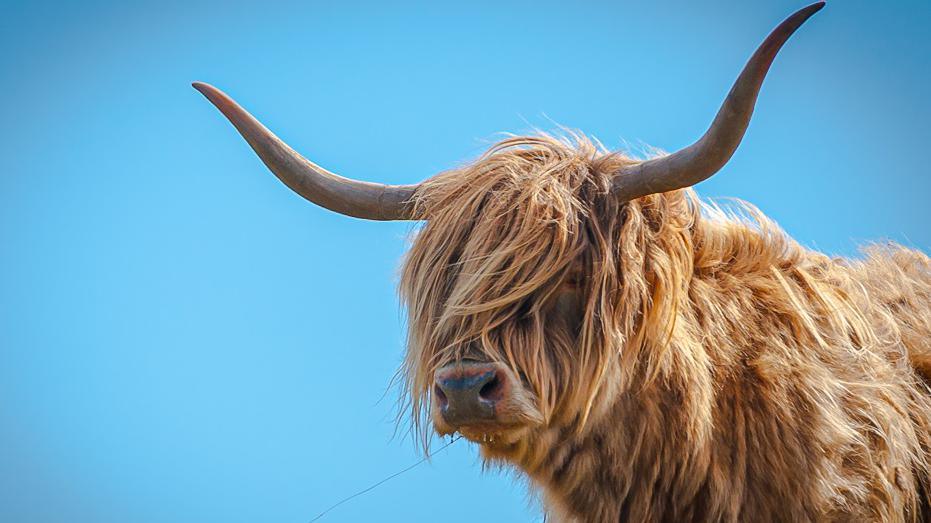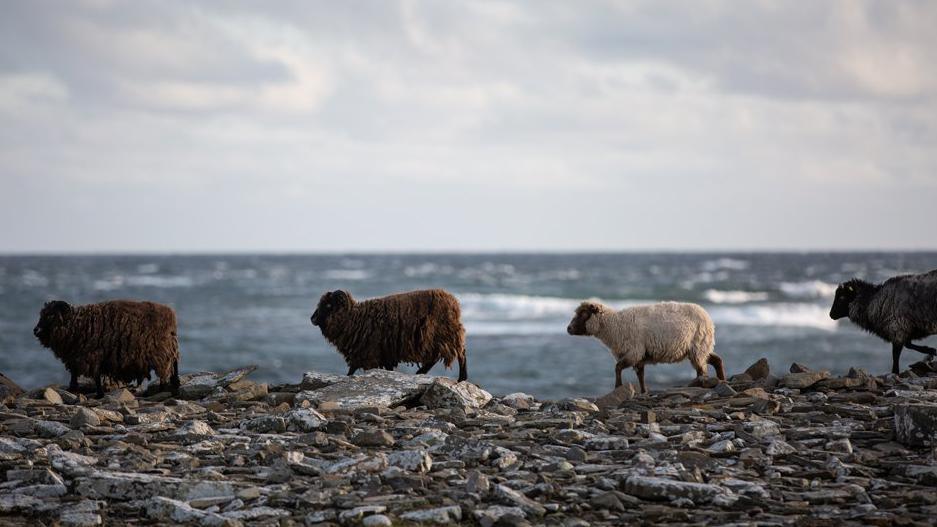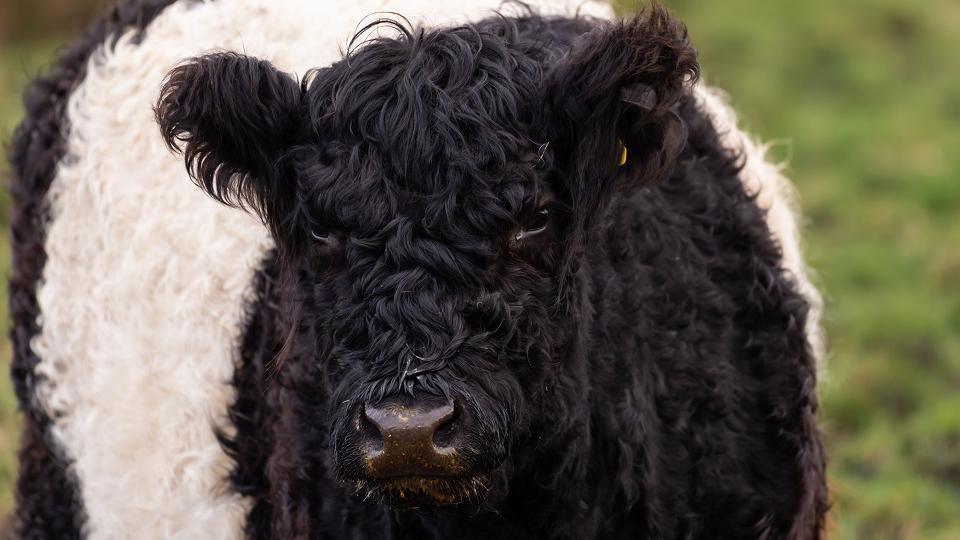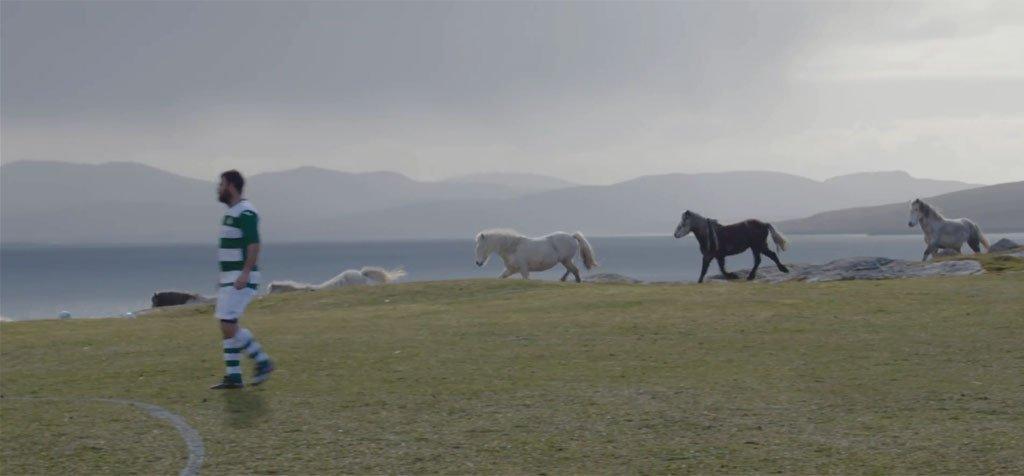Call for greater recognition of rare native breeds

At a glance
A charity is urging for greater recognition Scotland's rare native livestock, ponies and horses play in a healthy biodiversity.
The Rare Breeds Survival Trust says animals such as Highland cattle and Eriskay ponies have a part in protecting meadows and woodlands.
The trust has made its call in a response to Scottish government consultation on new agricultural policy.
The consultation is due to close on Wednesday.
- Published
The Rare Breeds Survival Trust (RBST) has called for greater recognition of the role rare native livestock, horses and ponies play in a healthy biodiversity.
It said Highland cattle, Orkney's North Ronaldsay seaweed-eating sheep and the Western Isles' Eriskay ponies had for centuries been a feature of Scottish landscapes.
Chief executive Chris Price said the animals' grazing helped to protect meadows and woodlands.
Numbers of a rare butterfly have increased at Mabie Forest, near Dumfries, after Belted Galloway cattle were brought in.
The cattle keep grass from getting too long and create the sort of wet habitat and muddy hollows the pearl-bordered fritillary flourish in.

Orkney's North Ronaldsay sheep
RBST has made its call in a response to Scottish government consultation on the development of new agricultural policy, external.
Wednesday - 17 November - is the deadline for responses.

Belted Galloway have had a role in improving butterfly habitat near Dumfries
Mr Price said: "Native cattle helped create the pastures, mixed woodlands and meadows we cherish, while native ponies are ideal for conservation grazing and pigs can be used in woodland management.
"Yet many of our native breeds have declined in number and become rare, in some cases their future is a real and urgent concern."

Eriskay ponies running near the island of Eriskay's football pitch